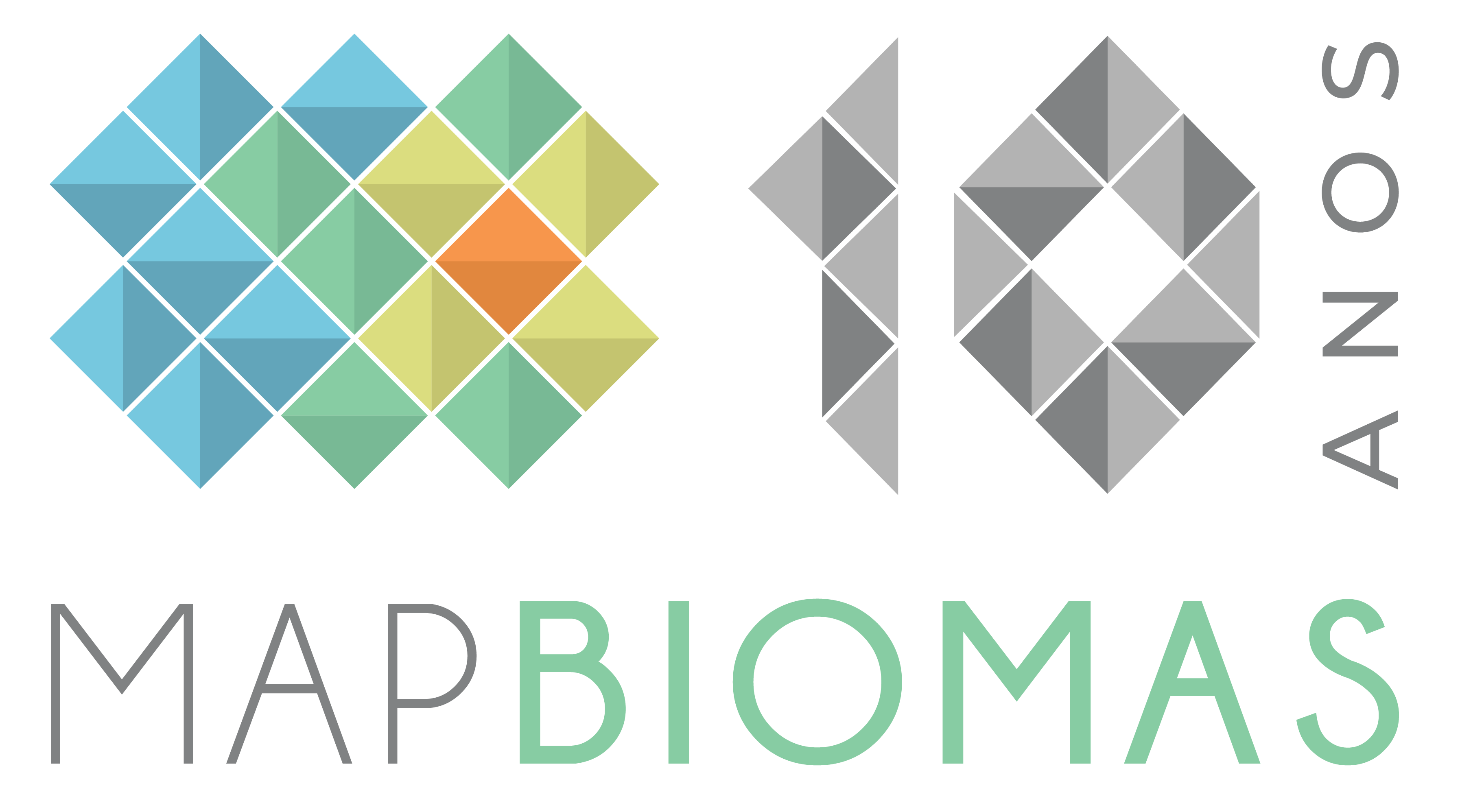The Peruvian Amazon basin has undergone significant changes in the last 36 years, including the loss of 28.6 thousand km2 of natural vegetation cover. This alteration includes the loss of 19,000 km2 of forest and 10,000 km2 of non-forest natural formations, according to the results for Peru from the MapBiomas Amazon study on changes in land cover and land use in the region between 1985 and 2020.
According to Nicole Moreno from the Instituto del Bien Común (IBC), this accelerated transformation of the Peruvian Amazon is mainly due to human action, which has resulted, for example, in a 61% increase in the area used for agricultural activities (26,000 km2), a 5.8-fold increase in the area used for mining (624 km2), and a 2.8-fold increase in urban infrastructure (478 km2).
The analysis of MapBiomas Amazon for Peru was presented this Friday (18) by the Instituto del Bien Común (IBC) in a publication with detailed data on the changes that have occurred in the last 36 years in the natural coverage of the Peruvian Amazon basin.
According to Richard Smith, a member of the IBC Assembly, "this document, achieved thanks to the progress of technology and the great effort of the technical team of Raisg, reveals the dynamics of change in the region, making it possible to identify areas where these changes have meant the loss of large areas of forest and other natural coverages, and those where nature remains intact. The analysis contributes to strengthening the messages we have built about the dramatic transformations that are occurring in the Peruvian Amazon basin and the Amazon in general, leading to a point of no return for this region which, as the largest continuous tropical forest on the planet, plays such an important role in climate regulation."
According to the Raisg boundary for Peru, the Peruvian Amazon basin covers 75% of the national territory (96.6 thousand km2) and comprises the Amazon biome (80% of the basin) and the Andes biome (20%). The analysis of land cover change in the Andean biome, which corresponds to the headwaters of the Amazonian rivers, shows a loss of 49% of glaciers in the Peruvian Andes during the analyzed period (1985-2020). "This retreat of glaciers, mainly attributable to climate change, is very concerning because in the short term, this phenomenon means the loss of water sources for communities, and in the medium to long term, it may compromise the hydrology of the basin," says Efraín Turpo, an IBC specialist.
Protected natural areas occupy 21% of the Peruvian Amazon basin. The loss of natural vegetation cover in these units during the study period was 1000 km2 (0.4%), of which 500 km2 correspond to the expansion of agricultural activities.
Indigenous territories
Indigenous territories represent 37% of the Peruvian Amazon basin. Within these units, 98% of the natural vegetation cover present in 1985 is conserved. That is, in the following 36 years, 2% of it was lost (7,000 km2), with the main cause of change being the expansion of agricultural activity (approximately 6,000 km2).
Luis Hallazi, an IBC specialist, warns about the potential repercussions of the impact of pressures on indigenous territories: "Despite the increasing pressures and threats to these territories, indigenous populations have significantly slowed the advance of deforestation and forest degradation compared to what has happened in neighboring areas. Our concern is that in the coming years, their good management and connection with the forests may not be sufficient tools for conservation; therefore, we demand their recognition and the presence of local, regional, and national authorities to implement action plans that contribute to forest conservation."
Collection 3.0
The data for the Peruvian Amazon basin was extracted from the Annual Land Cover and Land Use Map of the Amazon 3.0, presented to the public in September 2021. The Amazonian Network of Socio-Environmental Geo-referenced Information (RAISG) generated this data through MapBiomas Amazon, a mapping tool that allows monitoring changes in land use throughout the Amazon and tracking pressures on its forests and natural ecosystems. Collection 3.0 gathers over three decades of Amazonian land cover and land use history in annual maps from 1985 to 2020, with a resolution of 30 meters.
All information can be viewed through regional, national, and even local maps, identifying areas covered by forests, natural grasslands, mangroves, agriculture and livestock, rivers, among other categories. The platform is located at amazonia.mapbiomas.org.

